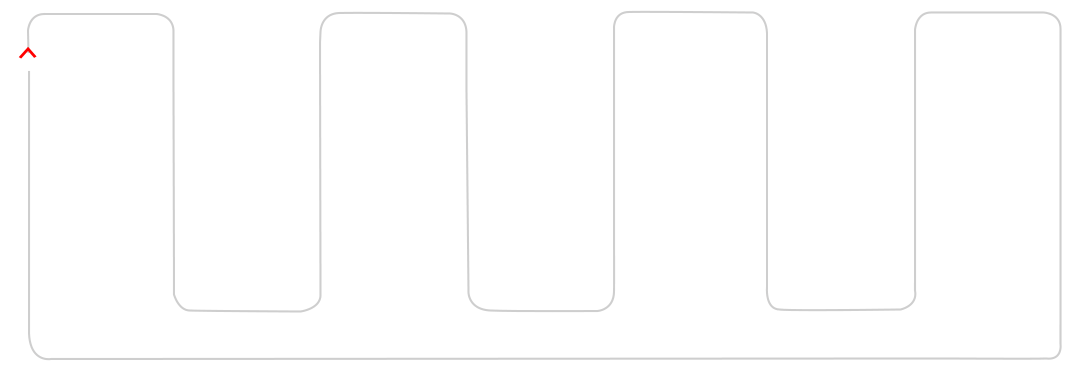- The Name: A pithy name that captures the essence of the idea and the imagination
- Character Description: if you can’t describe the idea in a Tweet how will anyone else?
- Low Fidelity Comps/Keyframes: Visuals which detail the experience
- PR Headline: What will the press say about this concept? Is it a first of any kind?
- Spreadability: Tell a quick story of how this will find itself in front of someone that cares, why they share it, and what they do next
|
- The Objective: the cultural and business ambitions and measures that the brand hopes to accomplish through the campaign
- Core Strategy: the overall plan of attack
- Measurement: how the campaign will be judged (KPIs)
- Phases: timing, tactics, and create rules to follow (e.g. tease, launch, sustain)
- Threshold Criteria: what triggers each phase (e.g. timing, availability, activity)
- Contingency Plans: thought-starters if core assumptions of the campaign belie prediction
- Partner Responsibilities: what each partner/agency is responsible for providing, when, and to whom
- The Map: a visual overview of how content and brand properties will be connected throughout the campaign
|
- The Hub: where we ultimately want consumers to find us and what we want them to accomplish while they’re there
- Paid Platforms: where the brand purchases impressions or interactions online
- Owned Platforms: digital beachheads that the brand has either built or co- opted and their relative traffic
- Earned Media: the current means, volume, sentiment, and substance of consumer brand mentions
- Node Health: visitation, update frequency, interaction levels, audiences, and interconnectivity
- Digital Target Behaviors: where ideal consumer targets spend their time online and what content they are already sharing with others
- Planned Content Patterns: what we’ll create, where it will live, and how we plan for it to be spread
|




